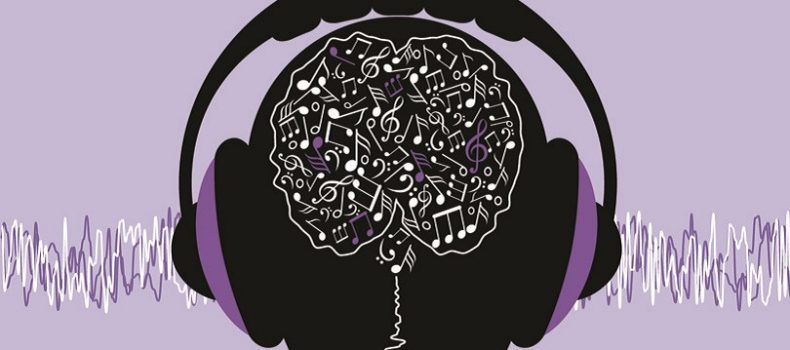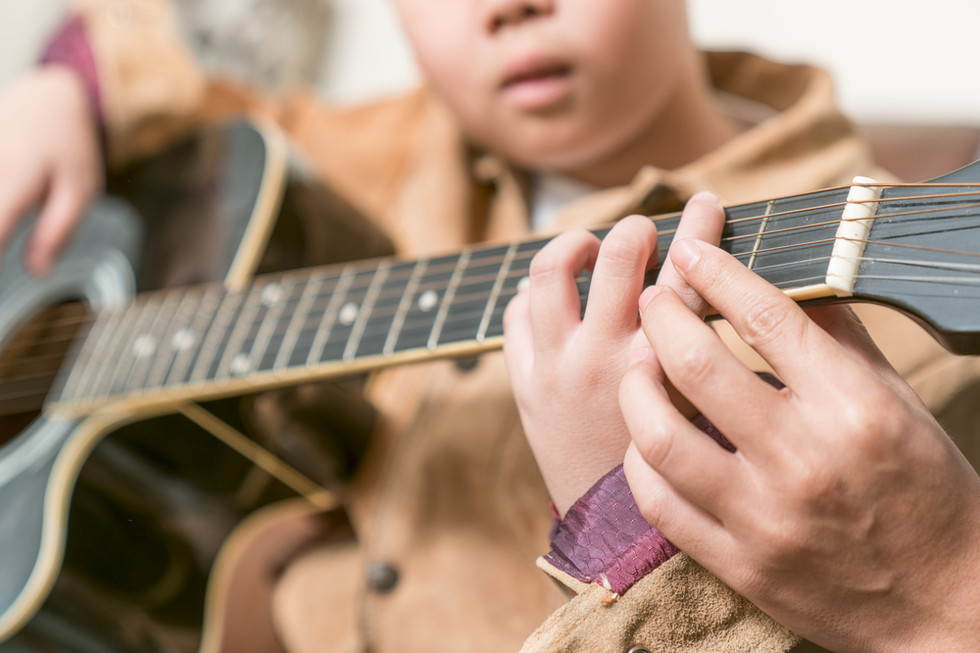This Is Your Brain On Music
USC’s Dr. Assal Habibi has been studying the brains of 80 kids for five years in the hopes of answering the question: does studying music enhance brain function? We’ll soon find out.
Einstein is famous for his theory of relativity. But, as we saw in the recent series Genius, he was also a gifted violinist. Did that make him a better mathematician and scientist? Specifically, did studying music enhance and change his brain?
That’s what Dr. Assal Habibi, a research scientist at USC’s Brain and Creativity Institute wants to find out; she’s using electrophysiologic and neuroimaging methods to investigate human brain function. She’s not using Einstein’s brain (although pieces of it are still in existence), but the brains of 80 children, who have been with the Brain and Music study since 2012, when they were 6 and 7 years old.
One-third of the young subjects, who were told the MRI machine is a spaceship of sorts, are studying music with the Los Angeles Philharmonic youth orchestra (YOLA) at the Heart of Los Angeles (HOLA). The study wraps up this summer, so PCMag went to USC to speak with Dr. Habibi and find out how, in the light of the quantified-self movement, music is crucial for brain development.
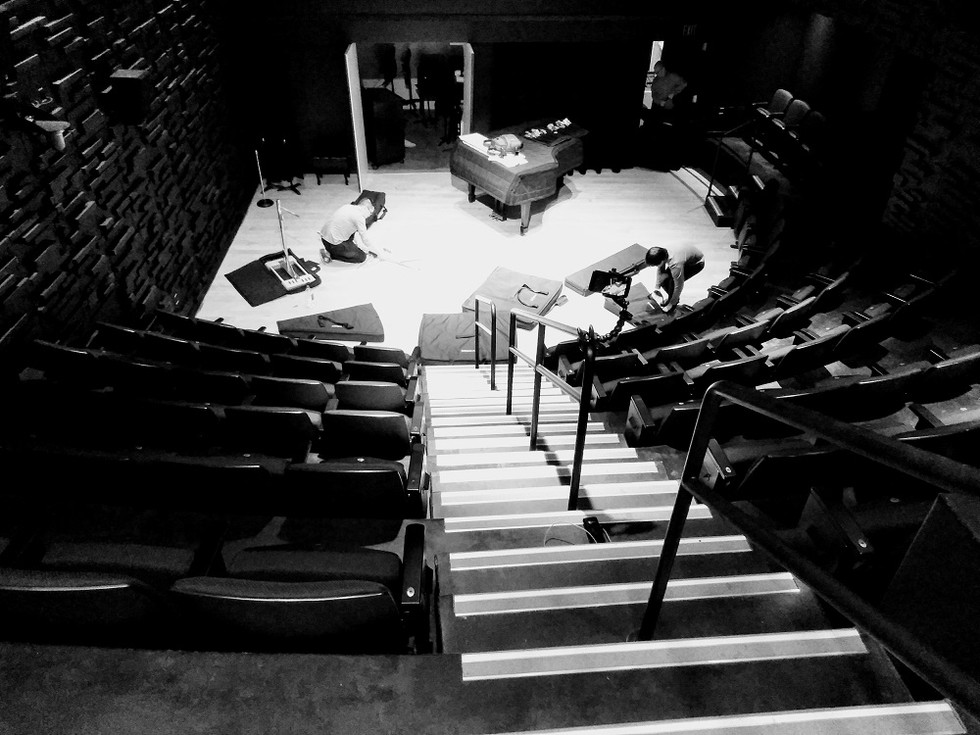
Firstly, tell us the original hypothesis of this study.
The idea behind the study was to see whether systematic music training has a measurable impact on the brains of children and the subsequent development of their cognitive skills and social skills.
Who funded this study? Was it the National Institutes of Health?
No, it was funded privately. Some of it from internal sources here at the Brain and Creativity Institute, and some from generous and anonymous donors.
Before we get on to the practicalities of the scientific method, talk about the music part.
The Los Angeles Philharmonic youth orchestra (YOLA) was established in 2007 by the LA Phil’s Music and Artistic Director, Gustavo Dudamel. It serves hundreds of students age 6 to 18, who attend four days each week. Students also perform annually at the Walt Disney Concert Hall, have appeared several times at the iconic Hollywood Bowl and, memorably, accompanied Coldplay at the Pepsi Super Bowl 50 Halftime Show [in 2016].
But this isn’t a conservatory program to find mini Mozarts?
No, the program is not about producing musical prodigies or stars. The children are told the goal is to build a cohesive group that produces beautiful sounds; that when they play, they also help each other, so the orchestra can exist as a singular unit.
Which builds their socio-emotive skillset anyway.
Exactly. Gustavo Dudamel brought the program to LA because he was trained with and inspired by a similar one in his native Venezuela called “El Sistema,” started by Maestro José Antonio Abreu, who recently passed away. This was a social and economic program, not to build great musicians, but to build good citizens.
Great. Let’s go through the practical, scientific aspects of your methods now.
The design of the study includes three groups: one group is systematically studying music with YOLA/HOLA, the other group is doing something equally engaging on a regular basis, but it’s not music-based, it is athletic-based such a soccer or swimming, while the third is a control group.
To clarify, the control group are not studying music or doing anything on a regular basis which might improve their brain?
The participants from the control group, when we started the study, were not about to begin a systematic music or sports training program. We, of course, did not tell them that they can’t but instead every year we interview them and their parents, and if they have been engaged in either of the two activities with the frequency that is comparable to the other two groups, we did not include them in our analysis.
With the three groups allotted, you then established a baseline?
Yes. We did a series of tests, including MRI and an electroencephalography (EEG) to detect electrical activity in the brain, while recording a range of cognitive, social, and behavioral indicators. We found, at age 6 to 7, when we started the study, there were no statistically different results between the three groups of 80 children in total.
How often, during the course of the research study, did you re-test everyone?
We do the MRI scan every other year, on every child, and the other tests, including the EEG every year.
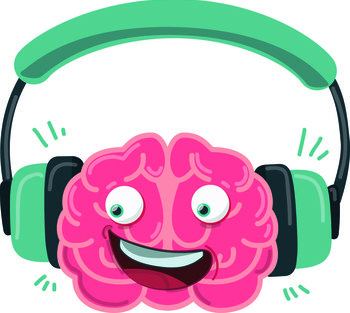 As an aside, how did you get 6-year-olds into a scary MRI machine?
As an aside, how did you get 6-year-olds into a scary MRI machine?
We make it very child-friendly, aesthetically, and we sometimes had to tell them that the scanner is like a supersonic space shuttle. We also do a lot of training and practice sessions with them in a mock scanner to get them comfortable with the space.
So ‘You’re not going into outer space, this is an internal journey to the center of your head?’
Something like that. They also all get a brain scan, framed, to take home.
What are the tests they do inside the MRI?
There are several but a key one identifies decision-making brain region changes. Here’s how it works: they see the word “red” and it’s colored red. But then, when they see it again, the word red is colored green, but we still want them to say the color of the word, in this case “red.” It’s hard because one has to inhibit the original impulse of reading the word and think through the test. Activity related to this inhibition shows up in the frontal regions of the brain responsible for decision-making, and attention circuits in the medial area.
And you saw clear differences between the children studying music and the others?
We saw stronger brain activation in these frontal regions when comparing the incongruent conditions (word red in color green) to the congruent conditions (red in color red).
What else are you looking for each time?
With the MRI, in addition to functional imaging, we are looking at the structural changes in the brain: growth in the cortical thickness, or the volume of the area, and how the areas are connected to each other through white matter.
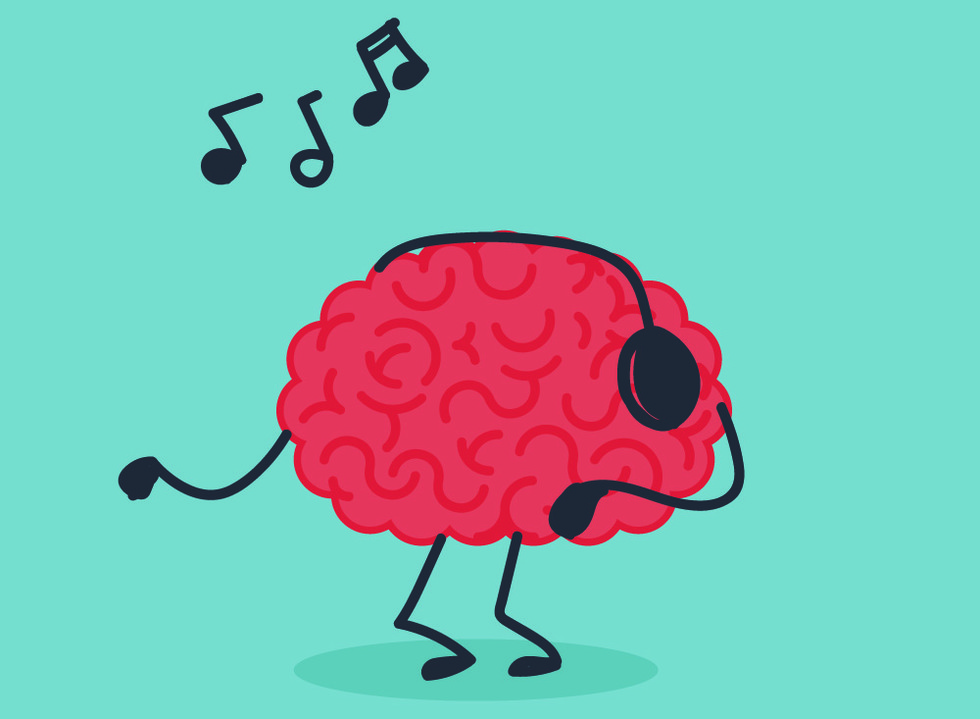
You can’t spot a new neural network being formed, though?
No, you cannot actually see a neural network because it’s too small, but you can see the white matter connectivity; for example in the corpus callosum which connects the two hemispheres of the brain. We can see how that changes over time; whether the connectivity is more robust or not, which indicated integration and communication between the two sides of the brain.
As your study is coming to the end of its five-year span, can you give us a sneak peek of your results? Did you prove your hypothesis?
Yes. We’ve just finished testing the last participant and now we are going to release the final year of results for this study. With five years of data, we are now looking for differences between the groups of children in executive function measures such as impulse control, working memory, task switching ability and more.
What’s next for this research study?
We’re also interested in using these results as an indicator of future development. Especially in the brain changes which will act as a preventative mechanism, looking forward to the pressures they’ll have at middle school, and into high school. Then it becomes, not “Do I eat this candy now, or wait?” but “Do I show up to class today?” or “Do I join this peer group which is experimenting with drugs?” i.e. decision making that has an enormous effect on their future.
https://www.pcmag.com/news/361744/this-is-your-brain-on-music

